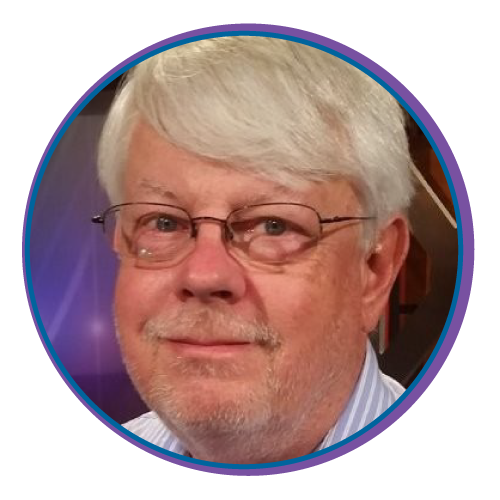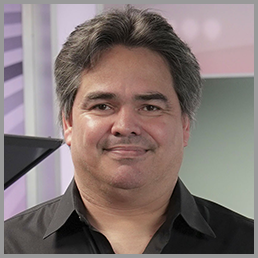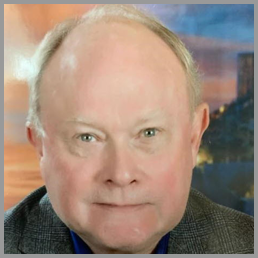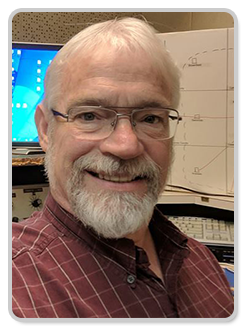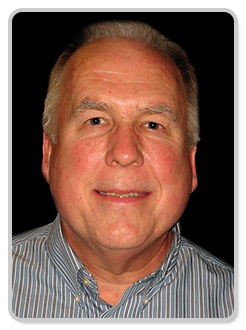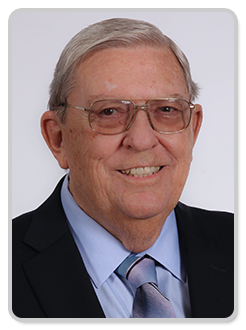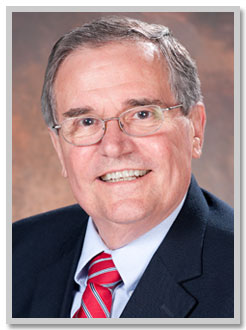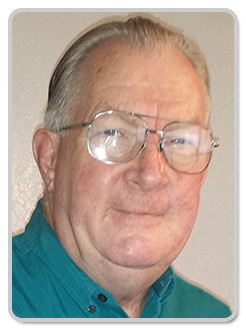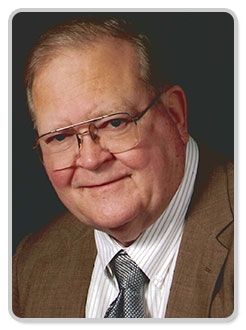Phil Brooks
2024 George Marti Award for Engineering Excellence
(Published August 2024)
Television stations simply cannot operate without a robust technological infrastructure.
Phil Brooks, Engineering Director for KRIS-TV Corpus Christi, continues to make sure that station – and many other Scripps-owned stations – are built for success.

Phil joined the station in 2021 and oversaw the complete rebuilding of the station’s physical plant.
It’s an understatement to say Phil has had his hands full since joining the company.
In addition to KRIS-TV (NBC), the facility operations include KAJA-TV (Telemundo), KDF-TV (Independent) and managing SagamoreHill-owned station KZTV-TV (CBS).
From transmitter and towers to master control, production rooms and sets, Phil has completely rebuilt the infrastructure for all the stations.
In 2023, Broadcasting + Cable presented Phil with their “Unsung Hero Award,” recognizing his efforts to spearhead multiple projects including building two brand new sets, two brand new control rooms, new field equipment for MMJ’s and new vehicles.
Those two new controls rooms are using a production system designed by Phil himself.
Corpus Christi was the first (and only) station in the world to use it.
“Our Corpus Christi team spent all of 2023 beta testing and developing the system, with near-daily communication with developers in Europe to write code for the software to address needs, news ideas and fix bugs,” said News Director Jim Bob Breazeale.
The system is so effective and easy to use, plus far more cost-efficient than previous options, that it is being placed in all stations across the E.W. Scripps company in 2024-2025.
He also built a new mobile production tool to facilitate the “Thursday Night High School Football” broadcasts and added multiple ISP News/Traffic cameras throughout Coastal Bend.
Phil is the driving force behind innovating an easy-to-use production control room that can seamlessly switch from live, linear TV to modular/OTT content.
In addition, his leadership skills have created a motivated, committed, capable and service-driven engineering team that is respected and appreciated by the staff.
“In today’s broadcast environment, where technology plays a substantial role in all aspects of our field, a creative, capable, and self-driven Chief of Engineering is an amazing asset. Phil’s leadership skills permeated the operation and made the rest of the team better,” Breazeale said.
“I can think of no one better to receive the George Marti Award than Phil Brooks. Not only is he the smartest person I’ve ever worked with, but he is also an amazing human being and a great leader.”
